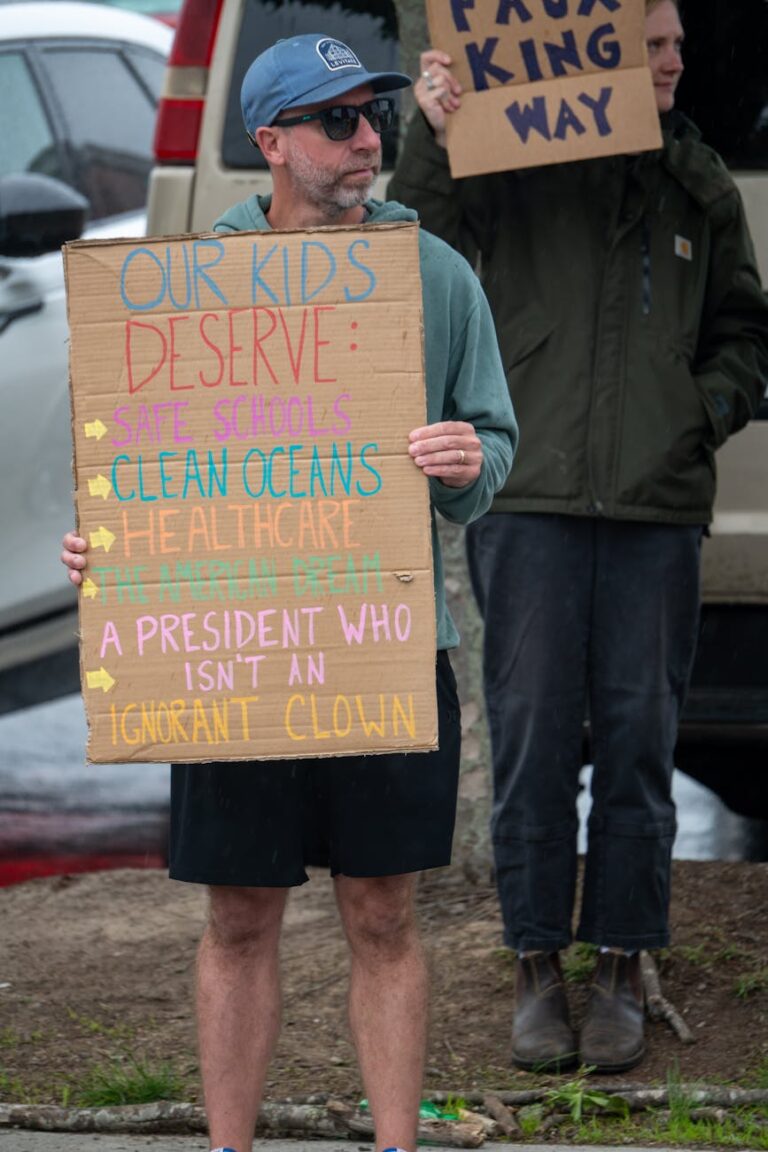- Understanding Mikie Sherrill’s Silent Stance on Trans Athletes
- Why Is the Issue of Trans Athletes So Controversial?
- The Political and Social Ramifications of Silence
- What Could Mikie Sherrill Do Moving Forward?
- Conclusion
Mikie Sherrill’s Silent Stance on Trans Athletes Sparks Controversy
Mikie Sherrill’s silent stance on trans athletes has recently become a significant point of discussion in the ongoing national debate over transgender rights in sports. As a U.S. Representative known for her measured approach on complex social issues, Sherrill’s reluctance to publicly address this heated topic has drawn both praise and criticism from different political and social groups. Examining the reasons behind her silence, the implications of her position, and the broader landscape surrounding trans athletes provides insight into why this issue remains deeply contentious.
Understanding Mikie Sherrill’s Silent Stance on Trans Athletes
Representing New Jersey’s 11th congressional district, Mikie Sherrill has built a reputation as a pragmatic lawmaker who often prioritizes moderation over partisanship. However, when it comes to the subject of transgender athletes participating in sports aligned with their gender identity, Sherrill’s silence has raised eyebrows. Unlike many of her colleagues who have taken definitive public positions, either supporting or opposing such participation, Sherrill has refrained from making clear statements.
This silence could be interpreted as a tactical decision. Transgender participation in sports remains a divisive issue that challenges the balance between inclusion, fairness, and competitive integrity. By not publicly taking sides, Sherrill may be aiming to maintain unity among her constituents, who hold a wide range of views on transgender rights. Nevertheless, in a political climate marked by polarization, some critics argue that neutrality amounts to avoidance, or even complicity.
Why Is the Issue of Trans Athletes So Controversial?
The controversy surrounding trans athletes largely stems from competing values and perspectives. On one hand, advocates for transgender rights emphasize the importance of allowing individuals to participate in sports consistent with their gender identity as a matter of dignity, equality, and mental health. Exclusion from teams or competitions, they argue, fosters discrimination and harms transgender youth and adults.
On the other hand, opponents raise concerns about potential advantages that transgender women might have in certain sports due to physiological differences, impacting fairness in competition. They contend that maintaining women’s sports as a level playing field is essential for upholding the integrity of female athletic participation. This debate is further complicated by evolving science, varying state laws, and differing policies from sports organizations at every level—from amateur youth leagues to professional competitions.
The Political and Social Ramifications of Silence
In today’s hyperconnected media environment, public figures are often expected to take clear stands on divisive issues, especially those that touch on civil rights or identity politics. Mikie Sherrill’s decision to withhold a firm stance on trans athletes places her in a politically vulnerable position. Critics on the right see silence as tacit support for policies they oppose, while some progressives believe failing to advocate strongly enough undermines transgender inclusion.
Moreover, silence can unintentionally marginalize those affected by policy decisions. Transgender athletes and their allies may feel that political leaders who avoid speaking out miss opportunities to champion their rights and visibility. For voters, perceived indecision might translate into confusion or dissatisfaction with their representative’s leadership, particularly on issues that matter deeply to their communities.
What Could Mikie Sherrill Do Moving Forward?
While Mikie Sherrill’s current approach is characterized by quiet deliberation, the pressure to clarify her views on trans athletes is likely to grow. Legislative proposals at the state and federal levels are making transgender sports participation a flashpoint, which means her voice could influence significant future policy outcomes.
Moving forward, Sherrill has several pathways:
– Engagement with Experts and Constituents: By hosting forums or advisory groups, she could gain deeper insights into the complexities of the issue and the perspectives of affected individuals.
– Advocating for Balanced Policy: Sherrill might explore nuanced legislation that protects transgender rights while addressing concerns about competitive fairness, possibly by supporting evidence-based guidelines from scientific and sports authorities.
– Public Education and Dialogue: Promoting open conversations about transgender athletes in schools and communities could help bridge divides and foster understanding, a role appropriate for an experienced legislator.
Conclusion
Mikie Sherrill’s silent stance on trans athletes highlights the challenging crossroads at which many politicians find themselves. Navigating a topic infused with social, ethical, and scientific questions is no easy task, especially amid polarized public opinion. Whether her caution proves prudent or problematic will depend largely on how the debate evolves and whether she chooses to transform silence into substantive leadership. As the national conversation around transgender rights in sports continues, all eyes remain on policymakers like Sherrill to strike a balance that respects both inclusion and fair competition.






